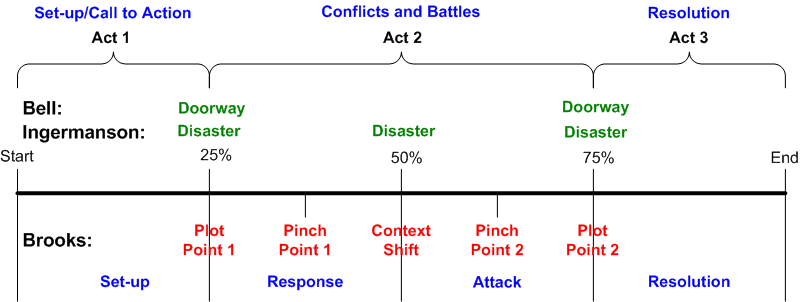Anders Ämting
 Auror
Auror
I had this idea that would potentially involve a story in four acts rather than three.
Now, Google tells me this is apparently a real term and not just something I made up myself, but other than that, I can't seem to find any information on how a four act story is constructed.
Has anyone here heard of such a thing?
Now, Google tells me this is apparently a real term and not just something I made up myself, but other than that, I can't seem to find any information on how a four act story is constructed.
Has anyone here heard of such a thing?


 Minstrel
Minstrel
 Inkling
Inkling